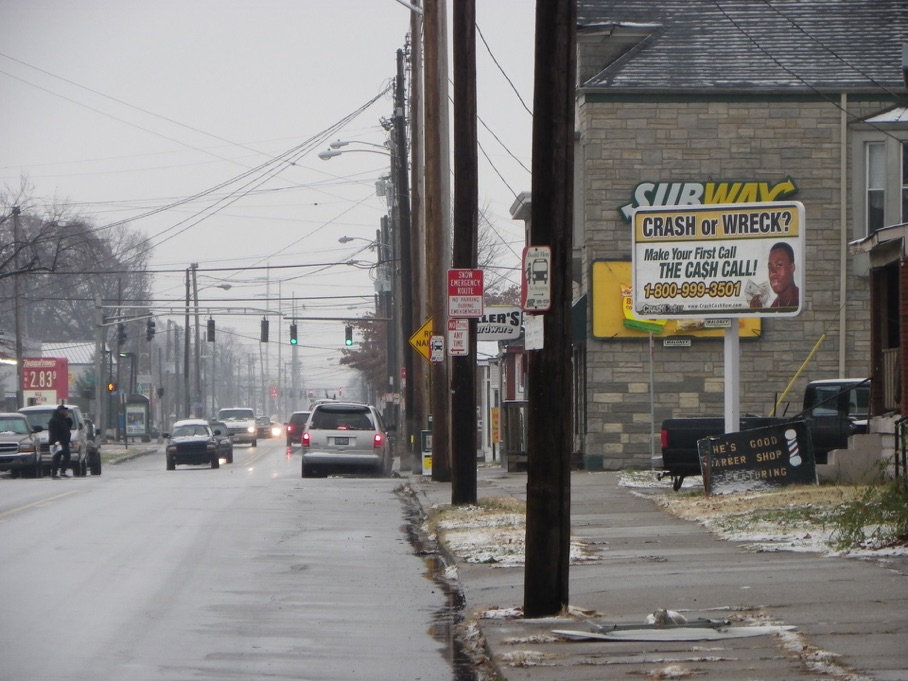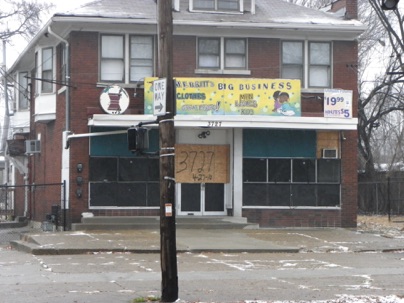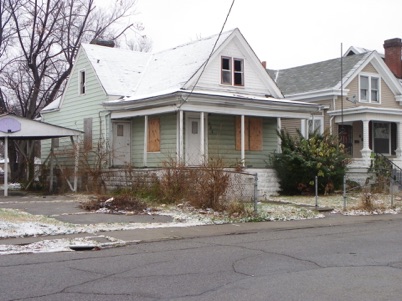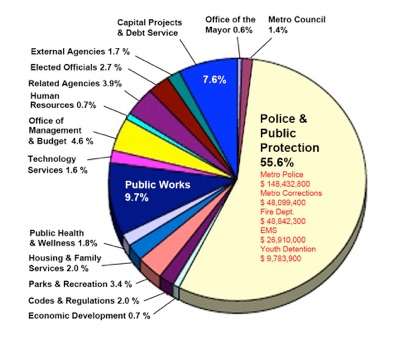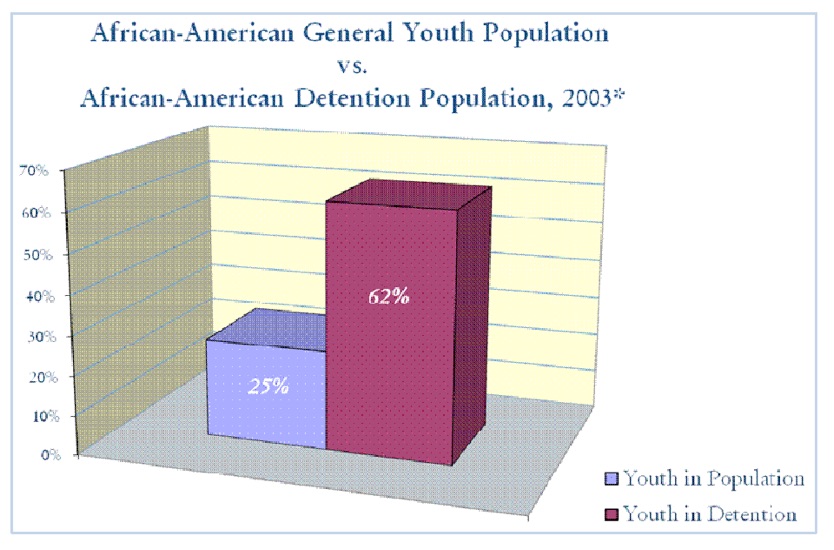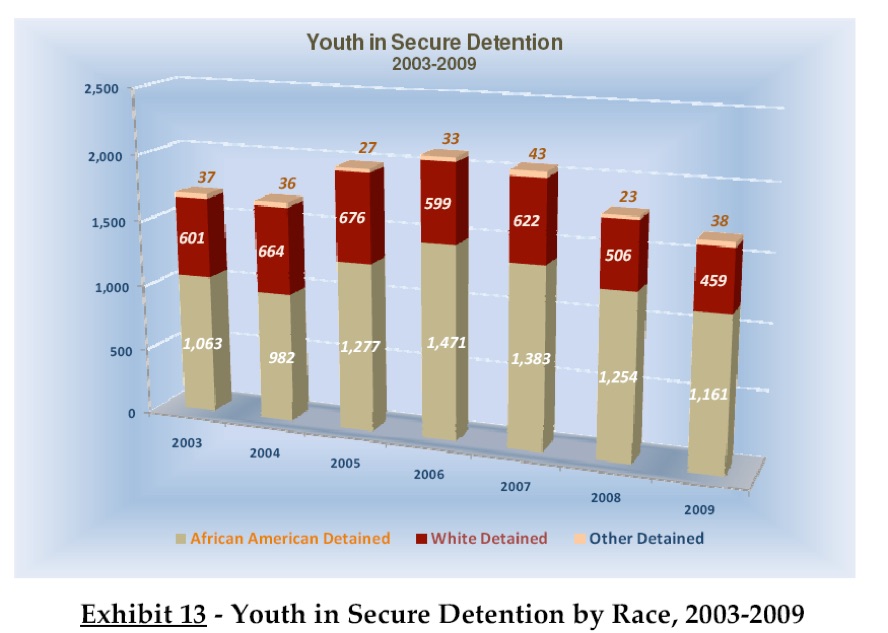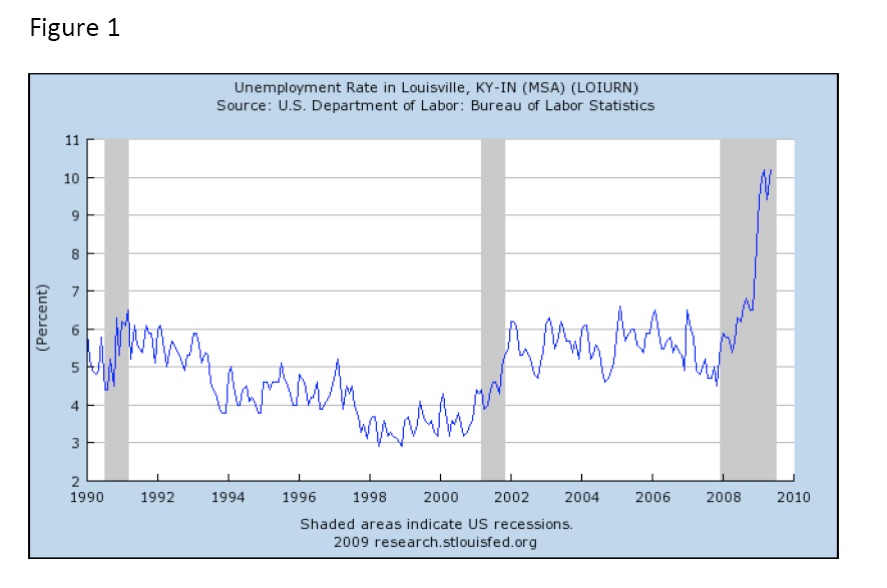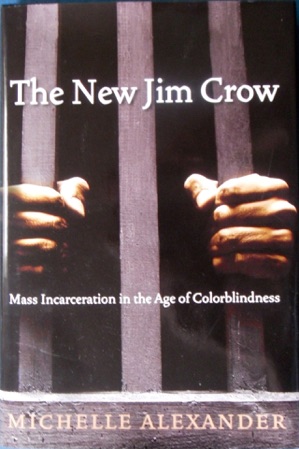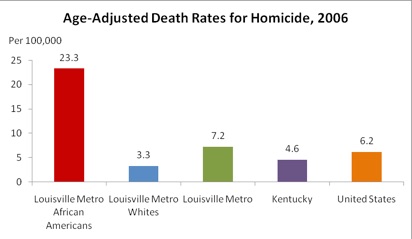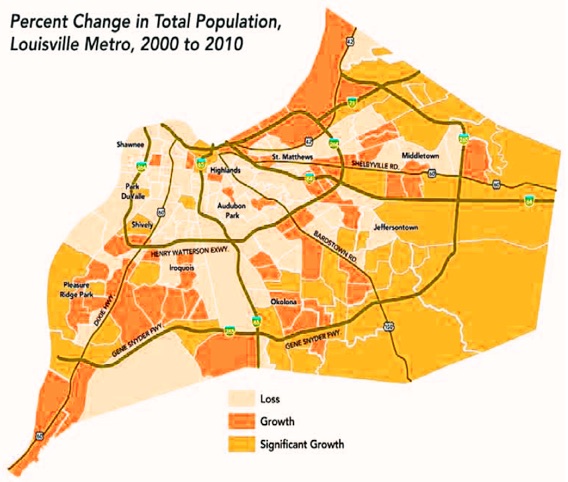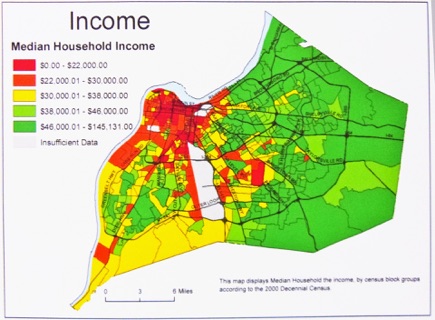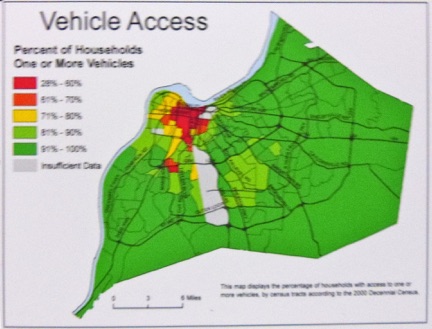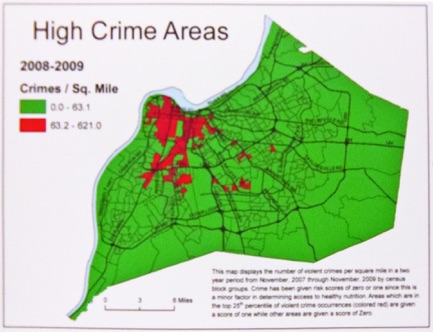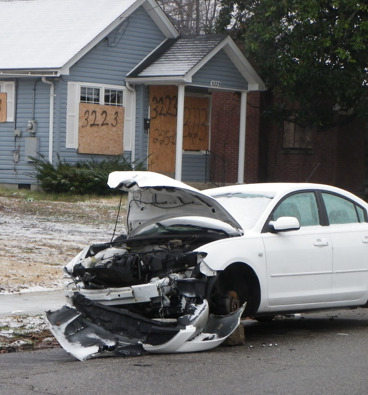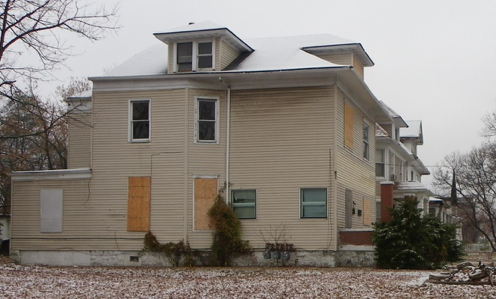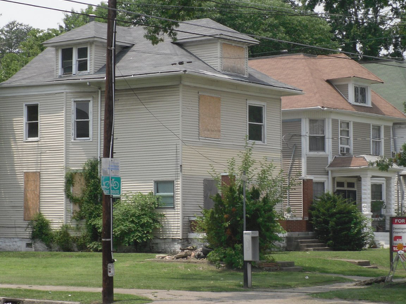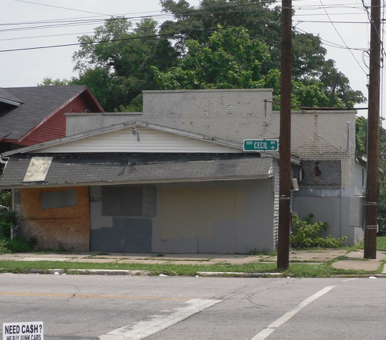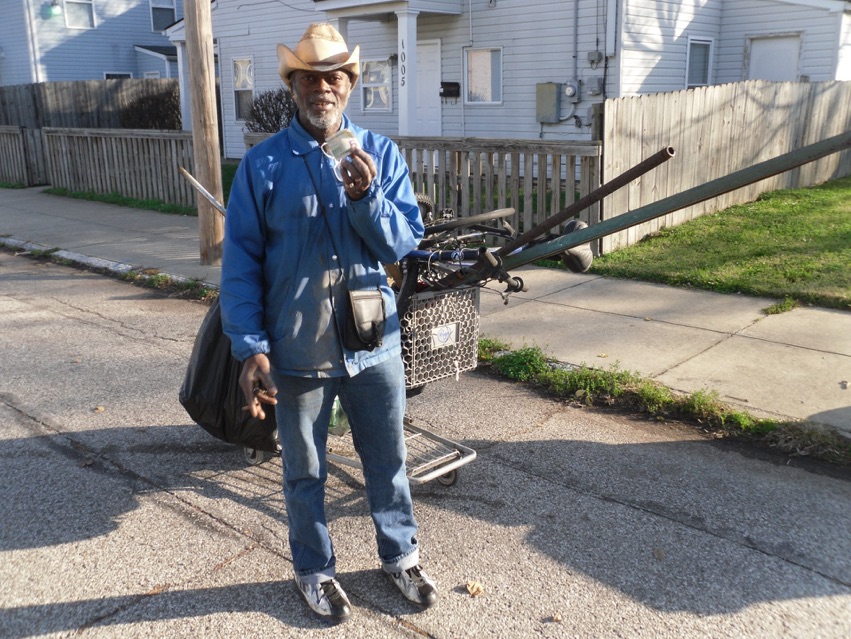July 2003 Report
NATIONAL ACADEMY OF PUBLIC ADMINISTRATION
For the U. S. Environmental Protection Agency
ADDRESSING COMMUNITY CONCERNS: HOW ENVIRONMENTAL JUSTICE
RELATES TO LAND USE PLANNING AND ZONING
“Environmental and land use planning agencies at federal, state, and local levels
must integrate achieving environmental justice into their missions and make
implementation a part of their core program activities.”
“Environmental justice is the fair treatment and meaningful involvement of all
people regardless of race, color, national origin, culture, education, or income
with respect to the development, implementation, and enforcement of
environmental laws, regulations, and policies.”
Fair treatment means that no group of people, including racial, ethnic, or
socioeconomic groups, should bear a disproportionate share of negative
consequences resulting from industrial, municipal, and commercial operations
or the execution of federal, state, local, and tribal environmental programs
and policies.
Meaningful involvement means that:
-
(1)potentially affected community residents have an appropriate opportunity
to participate in decisions about a proposed activity that will affect their
environment and/or health;
(2) the public’s contribution can influence the regulatory agency’s decision;
-
(3)the concerns of all participants involved will be considered in the decision-
making process; and
-
(4)the decision-makers seek out and facilitate the involvement of those
potentially affected.
-
•Addressing environmental justice concerns is a basic duty of good
government because protecting the health and welfare of the public is
the primary responsibility of effective public administrators.
-
•Leadership and accountability for reducing risks and enhancing
meaningful public engagement are needed at every level of government
to develop solutions to environmental justice problems.
-
•Government at every level has not always been proactive in addressing
environmental justice concerns and citizen protest has often been the
catalyst that prompted government action.
-
•There are many legal and regulatory authorities for federal, state, and
local officials to use when addressing environmental justice concerns,
but they are not being fully or creatively utilized.
-
•More effective coordination is needed between all three levels of
government because each level can contribute legal authorities,
technical expertise, and practical administrative tools needed to
address current environmental justice problems and prevent future ones.
Despite growing awareness nationally of the connection between land use
and social justice, white flight continues unabated in Metro Louisville and
the ring counties. Louisville’s calcified history of racial inequity, preserved in its land use and economic development policies, is used as subject material for college level social justice and environmental health classes.
